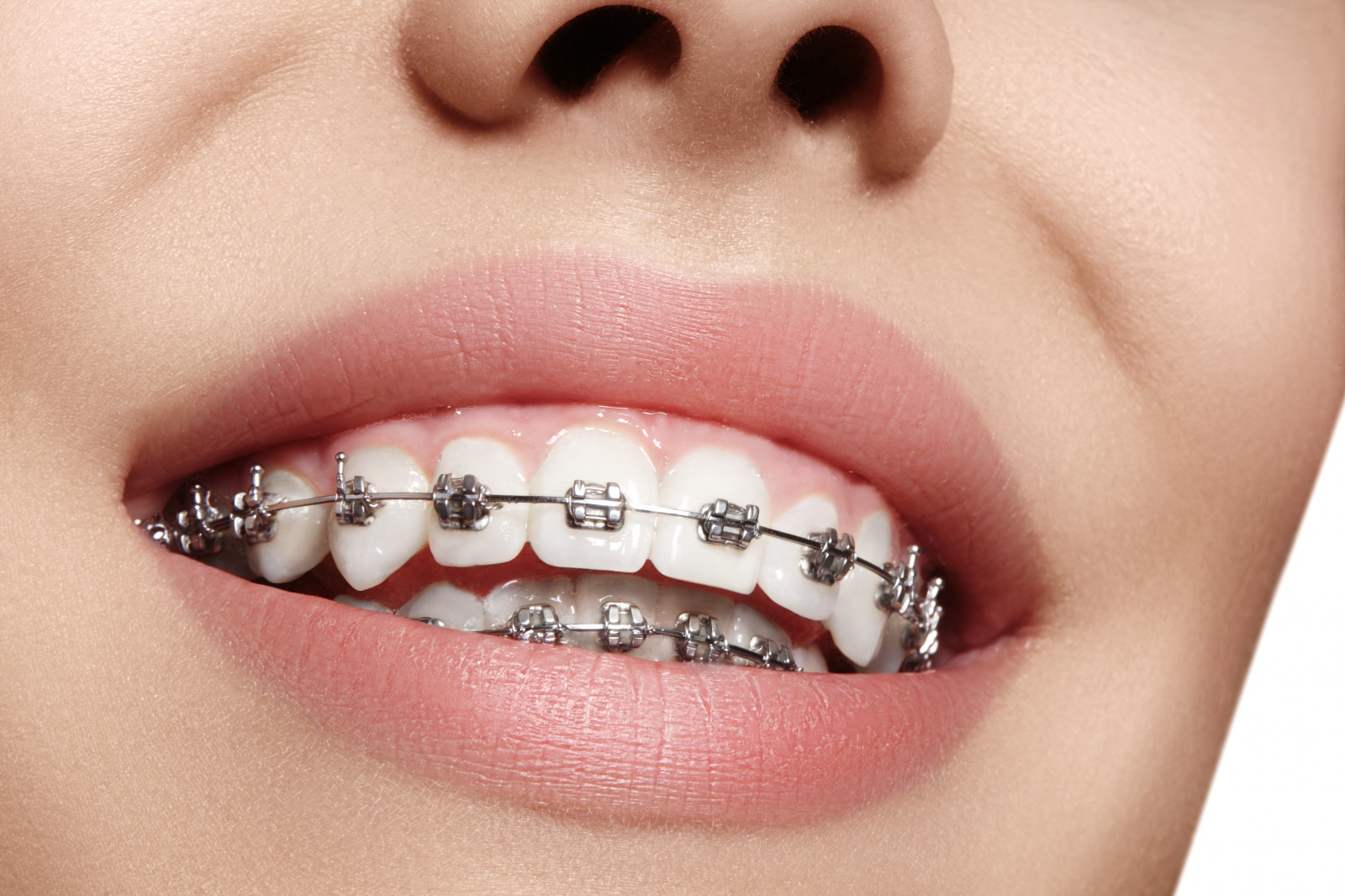Little Known Facts About Causey Orthodontics.
Table of ContentsWhat Does Causey Orthodontics Do?An Unbiased View of Causey OrthodonticsNot known Incorrect Statements About Causey Orthodontics Not known Facts About Causey OrthodonticsSome Known Factual Statements About Causey Orthodontics
Neglecting occlusal connections, it was common to remove teeth for a selection of oral problems, such as malalignment or overcrowding. The concept of an undamaged dentition was not widely valued in those days, making bite connections seem unnecessary. In the late 1800s, the idea of occlusion was vital for creating dependable prosthetic substitute teeth.As these concepts of prosthetic occlusion proceeded, it ended up being an invaluable device for dentistry. It was in 1890 that the job and influence of Dr. Edwards H. Angle began to be really felt, with his contribution to contemporary orthodontics especially notable. Focused on prosthodontics, he educated in Pennsylvania and Minnesota before routing his attention towards oral occlusion and the treatments required to keep it as a normal condition, thus coming to be known as the "dad of contemporary orthodontics".

The idea of optimal occlusion, as postulated by Angle and incorporated into a classification system, made it possible for a change towards treating malocclusion, which is any kind of deviation from regular occlusion. Having a complete set of teeth on both arcs was highly demanded in orthodontic therapy because of the need for exact partnerships in between them.
The Ultimate Guide To Causey Orthodontics
As occlusion became the essential top priority, face percentages and aesthetics were ignored - family orthodontics. To achieve excellent occlusals without utilizing exterior pressures, Angle postulated that having perfect occlusion was the most effective means to gain maximum facial visual appeals. With the passing away of time, it came to be fairly apparent that even an extraordinary occlusion was not ideal when considered from an aesthetic factor of sight
It ended up being obvious that orthodontic therapy can readjust mandibular growth, causing the formation of useful jaw orthopedics in Europe and extraoral pressure procedures in the United States. These days, both practical appliances and extraoral devices are used around the globe with the purpose of changing development patterns and types. Going after true, or at the very least enhanced, jaw partnerships had actually become the major purpose of treatment by the mid-20th century.
7 Simple Techniques For Causey Orthodontics
 Until the mid-1970s, braces were made by covering steel around each tooth. https://rentry.co/cac32y9k., it came to be feasible to rather bond metal braces to the teeth.
Until the mid-1970s, braces were made by covering steel around each tooth. https://rentry.co/cac32y9k., it came to be feasible to rather bond metal braces to the teeth.This has had purposeful results on orthodontic treatments that are administered routinely, and these are: 1. Appropriate interarchal partnerships 2. Appropriate crown angulation (suggestion) 3.
The benefit of the layout depends on its bracket and archwire combination, which needs only minimal wire flexing from the orthodontist or medical professional (orthodontist expert). It's aptly named hereafter function: the angle of the slot and density of the brace base eventually identify where each tooth is situated with little demand for additional control
The Basic Principles Of Causey Orthodontics
Both of these systems used similar braces for each and every tooth and required the flexing of an archwire in three aircrafts for finding teeth in their wanted placements, with these bends determining supreme placements. When it involves orthodontic devices, they are divided into two types: detachable and dealt with. Removable home appliances can be tackled and off by the individual as called for.

Hence, mostly all modern fixed appliances can be taken into consideration variations on this edgewise home appliance system. Early 20th-century orthodontist Edward Angle made a significant contribution to the world of dental care. He created 4 distinctive device systems that have actually been used as the basis for numerous orthodontic treatments today, disallowing a few exemptions.
More About Causey Orthodontics

The cord ended in a thread, and to relocate it onward, a flexible nut was utilized, which enabled for a rise in circumference. By ligation, each specific tooth was affixed to this extensive archwire (orthodontist services). As a result of its minimal array of movement, Angle was unable to accomplish exact tooth positioning with an E-arch
These tubes held a firm pin, which can be repositioned at each appointment in order to move them in location. Called the "bone-growing home appliance", this contraption was theorized to encourage healthier bone development because of its potential for transferring pressure directly to the origins. Nonetheless, applying it showed bothersome actually.